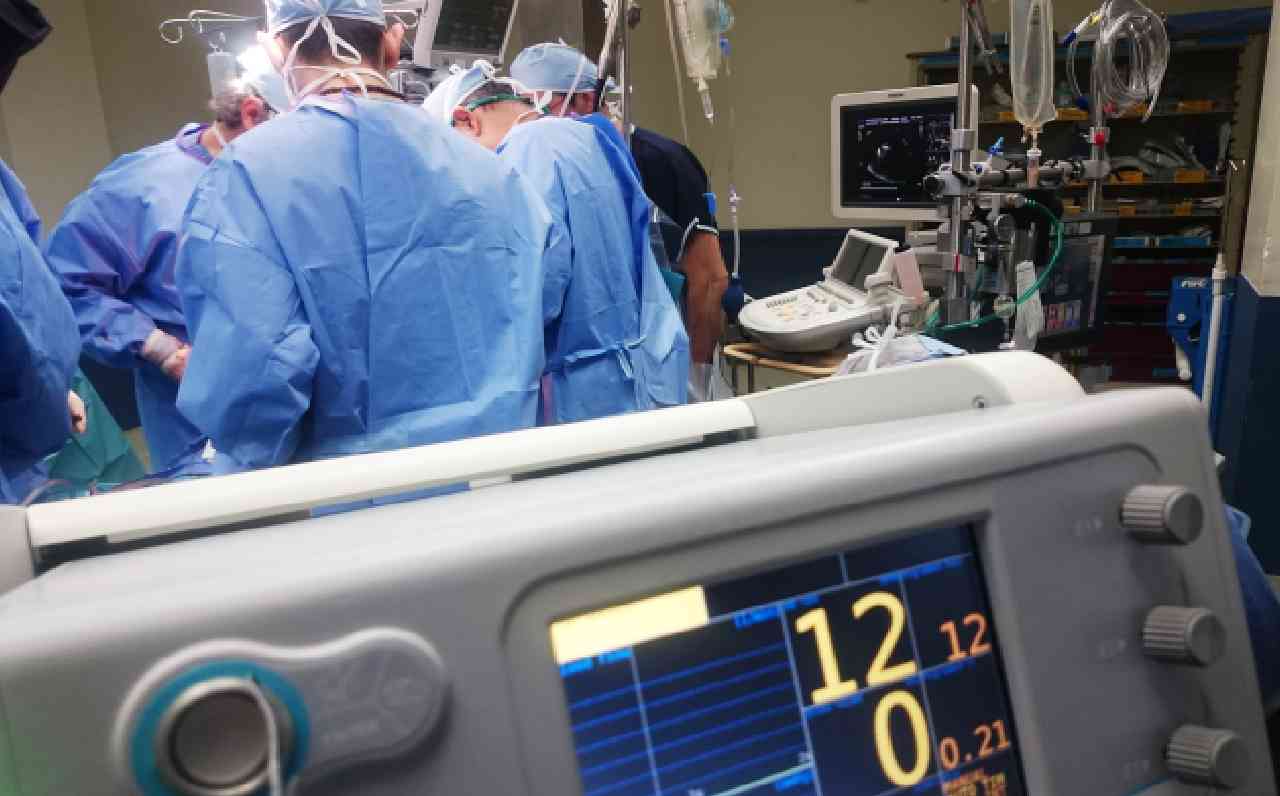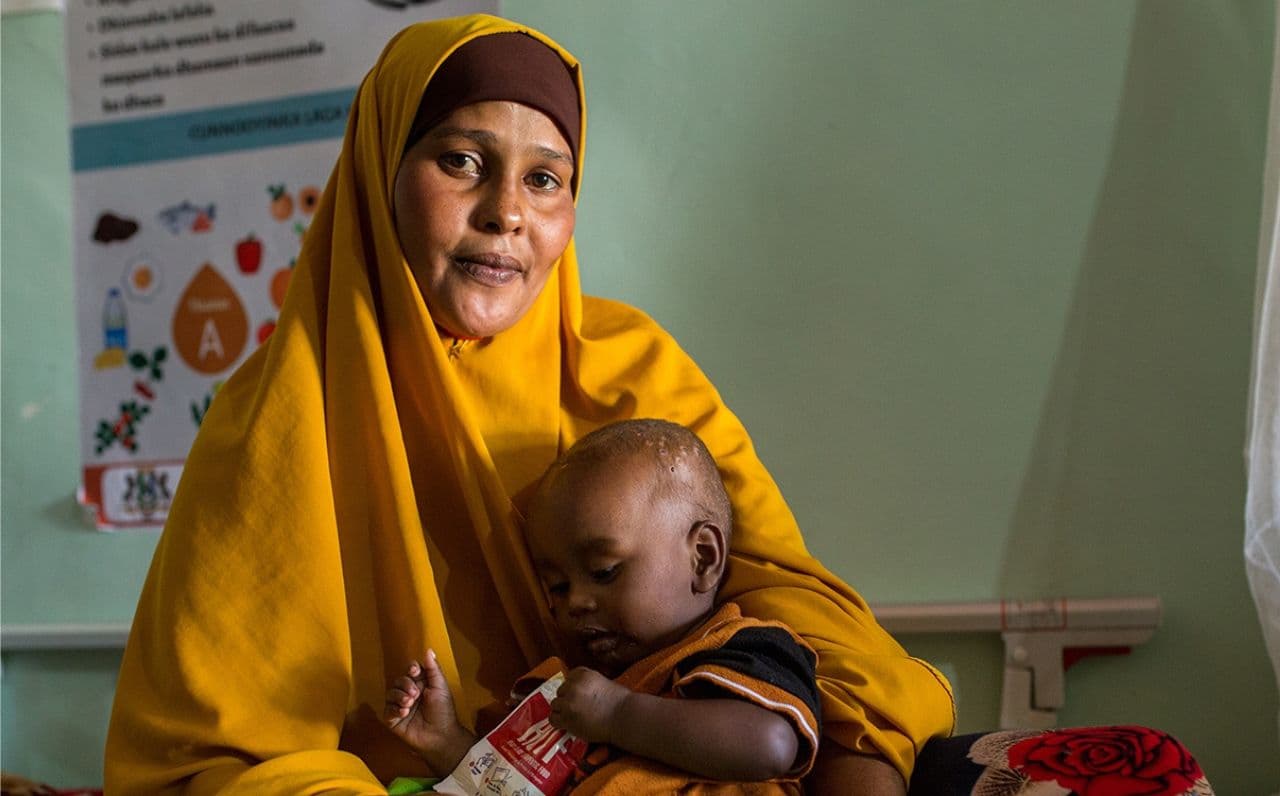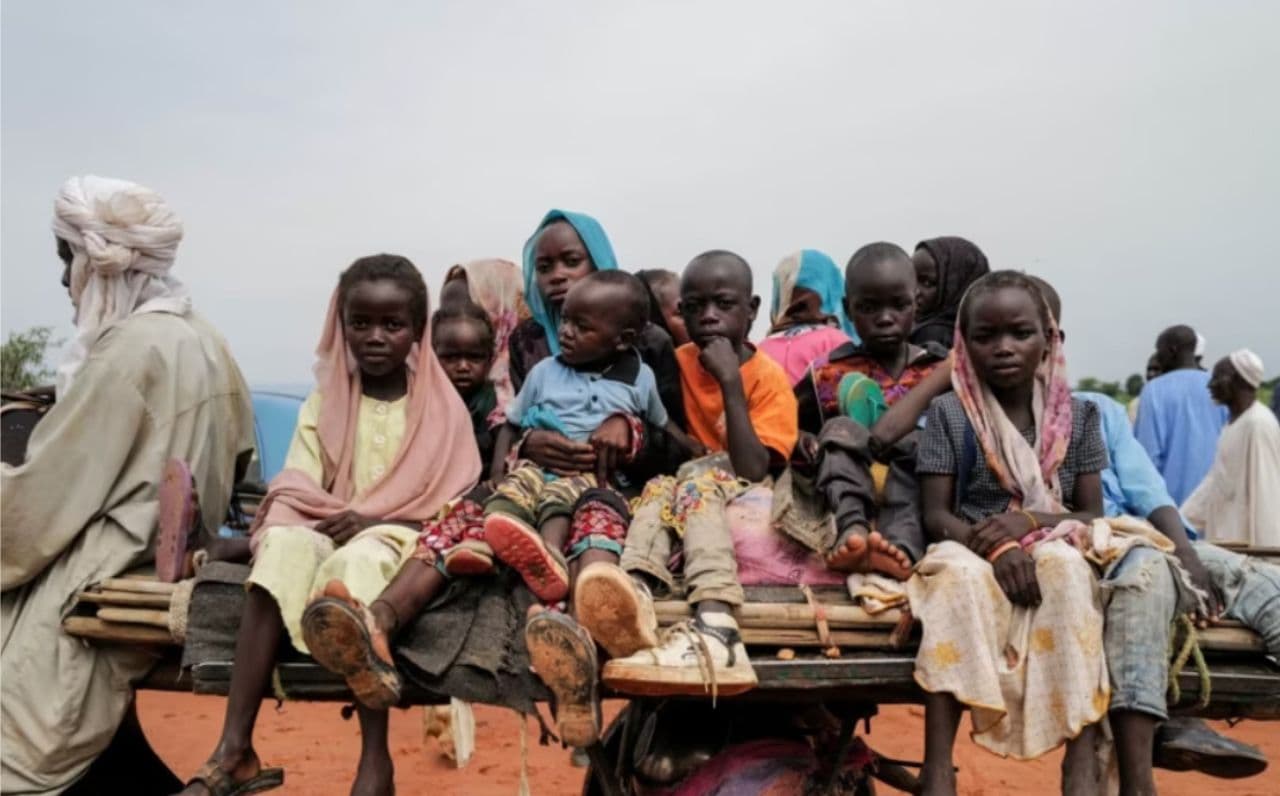Health problems in West Africa

Midwife violence against pregnant women in West Africa
Providing health and the importance of preserving the lives of pregnant mothers is one of the most important components in the eight UN development indicators and doctors and midwives play a significant role in this regard, but in West Africa, violence during childbirth is still a structural obstacle to maternal health.
Despite decades of efforts by obstetricians in West Africa, the mortality rate in many countries in the region is very high, and midwife violence has resulted in only one in two women going to midwifery and medical institutions. .
According to the website of the French Development Research Institute (IRD), due to the resistance of women to childbirth in related medical institutions, despite all the progress made in sub-Saharan Africa, the mortality rate of pregnant mothers is still high.
Clémence Schantz, a sociologist at the French Research Institute for Development Research (IRD), says: These advances have undoubtedly contributed to a significant reduction in maternal and infant mortality worldwide.
"Between 1990 and 2015, maternal mortality fell by 45 percent and the global infant mortality rate fell from 33 to 19 deaths per 1,000 live births," he said in an article published on the website of the French Research Institute for Development. However, one in two women does not give birth in the same institution.
"Geographical, financial and security barriers, especially in the coastal region, limit the number of pregnant women who need to go to medical institutions," Shantz said. .
According to the French sociologist, for many years in West Africa, anthropologists, citing what they call violence while caring for pregnant women in various services, including childbirth, say that this violence has had significant scientific and social implications, but the actions that followed It was insufficient to stop the violence and restore women's confidence in going to medical institutions for childbirth.
According to Schantz, violence is more about gender-based violence, which means that violence takes place on the body of pregnant women. He emphasizes that our proposal is to change the paradigm and consider violence against women during childbirth as obstetric violence.
The French sociologist also says that since the 1970s there have been protests against the institutional and practical domination of men against women in the field of childbirth, pregnancy pathology, childbirth and finally the death of pregnant women during childbirth, and in the early 2000s Feminists published psychological, verbal, physical, and sexual violence against women in hospitals during childbirth. They also leaked information about the overuse of certain procedures, such as episiotomy or cesarean section in obstetric delivery.
Finally, she emphasizes that violence is not limited to the delivery of pregnant women, but that these women suffer such violence during pregnancy.
Source & credit: AVC Father's heart
Photo by Natanael Melchor on Unsplash
Africa

2021 Nov 04
Middle east

2024 Dec 10
Africa

2024 May 10
Threats against Christians in Australia increase
International, Americas

2024 Apr 16
Increasing Arrests and Faceless Victims Revealed in Latest Findings.
Middle east

2024 Feb 23
SimilarNews
 Congo-Rwanda Border Tensions Surge: Conflict Fears Mount
Congo-Rwanda Border Tensions Surge: Conflict Fears Mount Escalating Hostilities Prompt International Concern
Africa

2024 Feb 20



